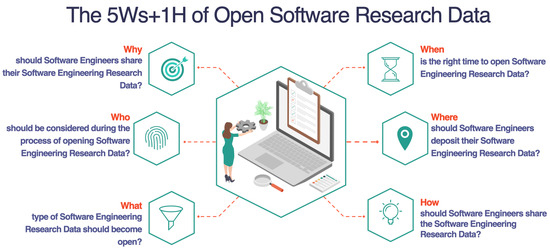
Have you at any point distributed a composition or dataset and later acknowledged something ought to have been changed or carried out better? We have all been there. While we can’t assist you with editting your composition, the capacity to make changes to your distributed datasets on Dryad is simple and empowered.
Each time you change your distributed dataset, another adaptation is made. Dataset adaptations permit clients of the information to see the historical backdrop of changes made to the dataset, reinforcing research respectability and information the board rehearses.
When to form a dataset
After your dataset has been arranged and distributed on Dryad, you can make changes to the distributed dataset. Changes that outcome in a new dataset form could incorporate yet are not restricted to:
revisions to your information,
the incorporation of extra information,
or on the other hand adding yield from new examinations.
Minor changes to the metadata, for example, adding the DOI of a related original copy, won’t make another adaptation of the dataset. Whether you’re refreshing your dataset or the metadata, the Dryad DOI will continue as before.
Keeping up with variants of datasets and appropriately recording the authentic contrasts between adaptations guarantees the honesty of information facilitated on Dryad. In that capacity, writers must likewise refresh their README to detail any progressions they made while making another adaptation of their dataset. Refreshing your README to incorporate this data is fundamental for straightforwardness and reproducibility and will guarantee that your information can be perceived by a different crowd all the way into what’s in store.
Why forming is significant
Forming is significant for appropriate information the executives. In the first place, it guarantees reproducibility and straightforwardness in research by archiving all changes to the information, hence keeping up with trust in the logical cycle. This exhaustive documentation permits different specialists to comprehend and imitate concentrates precisely. Furthermore, consistence with funders and distributers is extraordinarily worked with by forming. Many financing bodies and distributers order that information be routinely refreshed and made open, and forming helps meet these necessities by empowering proficient information sharing and protection. Finally, forming upgrades the discoverability and citability of datasets. By doling out an extraordinary, extremely durable DOI to each dataset, no matter what its variant, both current and past renditions stay open and are connected to a solitary DOI. This guarantees that information stays discoverable and usable after some time, making it simpler for scientists to find and refer to the datasets they need.
The most effective method to form a dataset in Dryad
To make another rendition of your dataset at Dryad, follow these straightforward advances:
Login to your Dryad dashboard.
On the “My datasets” page, find the dataset you really want to form and snap “make new rendition”.
Roll out your improvements, submit, and presto!
Our curation group will start assessing the formed dataset as quickly as time permits, and forthcoming any inquiries or solicitations from our group, the new rendition will be made openly accessible for download through the “Download dataset” button. Past renditions can in any case be gotten to in the “Information records” area, which is arranged by distribution date. To guarantee that clients can undoubtedly distinguish contrasts between adaptations, it’s fundamental that the README document is refreshed to detail the adjustments made since the recently distributed form.
Best practices for information forming
As well as following our best information rehearses, here are a few significant notes to remember while forming your dataset:
1. Archive the Progressions
It is essential to keep definite logs of changes made between renditions, to permit clients to pick the variant that best suits their necessities, and permit future clients of your information to rapidly comprehend what has changed. This is particularly significant in the event that there are blunders like errors in past renditions.
We suggest keeping up with clear and expressive change signs in your README document, with the date recorded for every rendition change. Here is a magnificent illustration of a Dryad dataset with a form change sign in the README: https://doi.org/10.5061/dryad.2z34tmptf
2. Utilize Standard Configurations
Assuming you’re adding new information documents, it’s vital to guarantee that the record designs are standard, normal, and non-exclusive (e.g., CSV, spat, and so forth), and can be opened with free, open-source programming. This training guarantees long haul openness and interoperability of the information facilitated on Dryad.
3. Local area Commitment
By empowering criticism from the examination local area, you can assist with further developing your information quality and importance. For instance, you can ask a partner or friend who may not be know about your information to investigate your distributed dataset, and check whether it’s a good idea to them!
End
Analysts are constantly refining, refreshing, and expanding upon their work – this is the objective of examination at its center. Forming datasets, and including a sufficient change log, is a method for catching this persistent growing experience and take into consideration better joint effort all through the examination local area. Setting aside some margin to refresh your information and its related metadata improves the convenience, unwavering quality, and effect of your exploration. Dryad’s dataset forming highlight is not difficult to involve and empowers you to take on accepted procedures for reproducibility and straightforwardness in your exploration.

